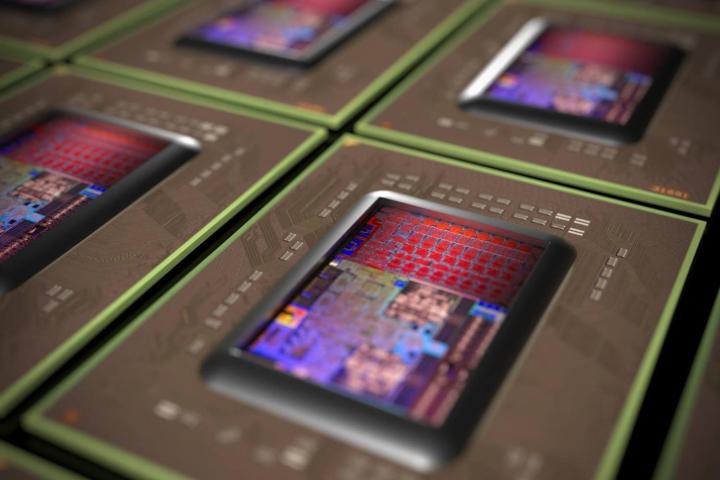
Unfortunately, the Carrizo APU is not one you’ll be able to pick up off a shelf and slam into your desktop machine. These chips will only be available to manufacturers, and are designed for systems with a power envelope that falls between 15 and 35 watts. The low power target makes it a perfect fit for laptops, or smaller systems comparable to the Intel NUC.
AMD hasn’t made the move to 14nm die manufacturing yet, so the Carrizo APU uses the 28nm process, onto which it packs four “Excavator” cores, plus a full GPU. They’ve also made some changes to the design of the chip that increase performance while cutting power usage by 50 percent. It also has a new low power mode that allows it to work with standby modes in Windows 8 and 10.
The GPU in the chip is built from eight Radeon Graphic Compute Units, and is based off the third iteration of AMD’s Graphics Core Next architecture. It can’t compete with discrete level graphics cards, but it should be a step up from most integrated graphics systems, and supports DirectX 12. Importantly, AMD claims it offers a substantial performance leap over Intel integrated graphics.
We know from a leaked roadmap that Carrizo will be followed sometime this year by the Carrizo-L. It will use the same architecture as Carrizo, but will have an even lower targeted system power level of 10-15 watts, and use “Puma+” instead of “Excavator” cores. Even further down the road we expect to see an even lower-power version of these chips called the “Amur” that will reside on a 20nm die, the last before AMD moves to an all-14nm lineup for 2016.
The Carrizo chips should be making their way to manufacturers by the end of the month, so keep your eyes open for systems that include the new APU.
Editors' Recommendations
- AMD’s next-gen CPUs are much closer than we thought
- Don’t buy a cheap GPU in 2024
- Nice try, Intel, but AMD 3D V-Cache chips still win
- AMD vs. Intel: the rivalry has never been more fierce
- Don’t buy the new MSI Claw handheld — at least not yet




